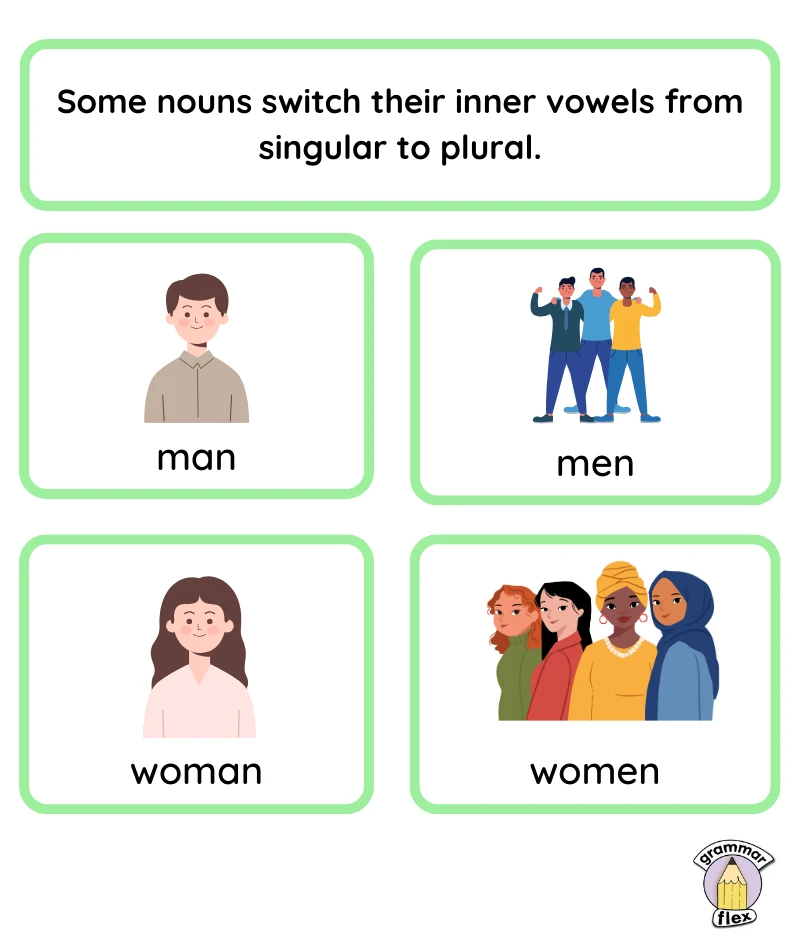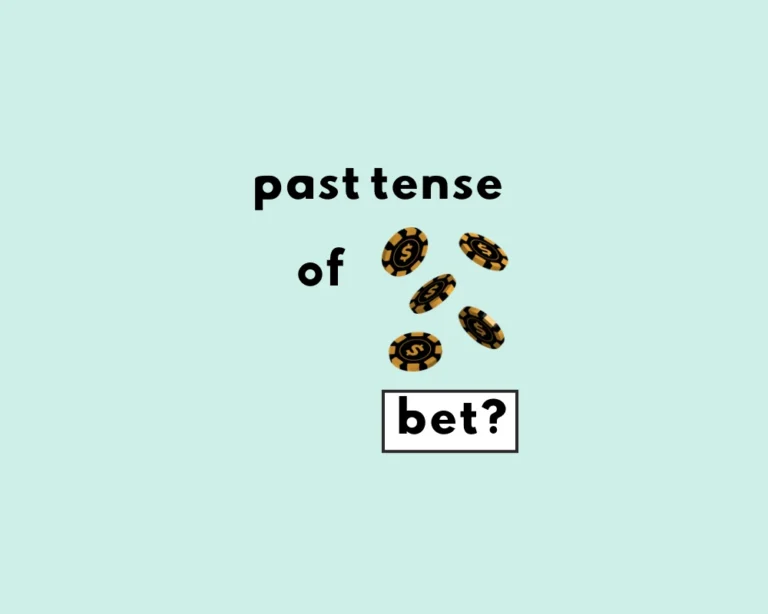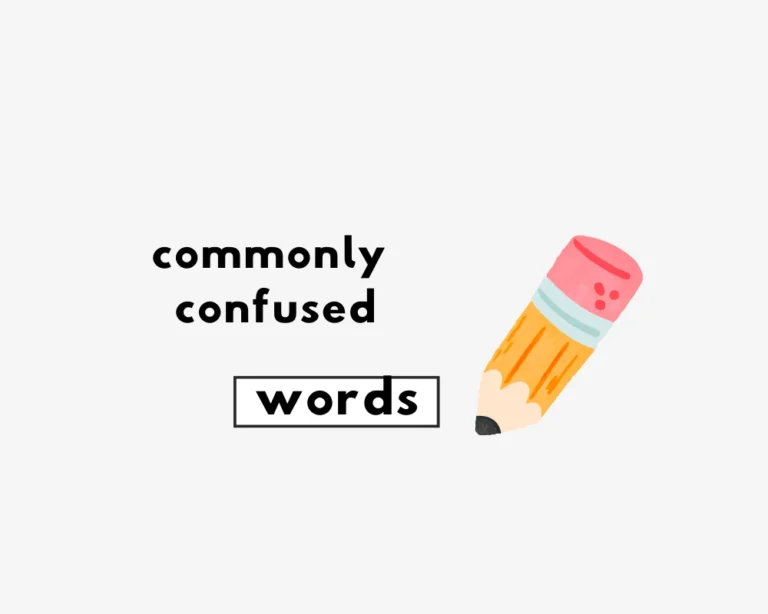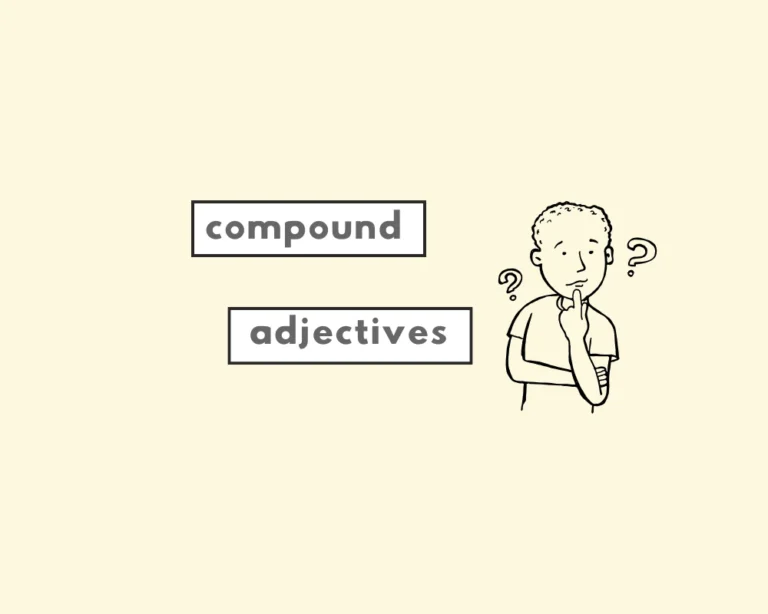
What’s the plural of “woman”?
Is the plural form of the singular noun woman, women or womans? Answer: women is the only correct plural form of the singular noun, woman. There’s no doubt about it: English is weird. Our rules of grammar are consistently broken, we might question why they exist in the first place.

Remember that Modern English is a combination of a bunch of other languages, with different etymological roots and origin. As it happens, when words with differing originations come together, incongruencies start to unearth. English is for the most part an Indo-European language based on the Germanic languages: English (Middle and Old) Dutch, German, Frisian, Afrikaans and Yiddish.
English has numerous peculiar plural noun forms, irregular plurals, and regular. Regular plural noun forms end with the suffix -s, or –es is the plural noun already ends in a vowel. However, you may notice that this is not true across the board. For example, the plural of goose is geese, tooth plural is teeth, so why isn’t moose meese? Many plural (and singular) nouns are strange in English, and this is why quantity or count in such cases is inferred based on the context in which the word is used.

Regular nouns
The following nouns follow the conventional plural form conjugation, and are regular plural noun forms:

Irregular nouns
The following nouns are unconventional plural forms, and do not take the standard -s or -es suffix to indicate plurality:
| singular | plural |
|---|---|
| child | children |
| man | men |
| woman | women |
| person | people |
Why is “women” the plural of “woman”?
We know that the majority of English plural noun forms take on an -s or -es at the end to modify from singular to plural. Obviously, not all English plural noun forms follow this style of modification from singular to plural. Woman/women is one such example of a plural noun form that does not follow this typical grammar convention. Similarly, man plural is men (woman is based on the word man.) The chart above includes numerous other irregular plural nouns.
However, the chart above does contain a logic in its conjugations from the single to the plural: what pattern can be detected between all these irregular plural noun forms? Goose = geese, man = men, woman = women, and tooth = teeth plural. In each plural noun form, the vowels are modified to indicate that there is more than one of that thing. Instead of adding the -s or -es, with these irregular plural nouns we simply change the vowels with another pair of vowels, or a single vowel (mouse = mice.)
The irregular plural noun conjugations for men, women, and the other nouns included in the chart above are a result of what’s called the I-mutation, I-umlaut (pronounced like uhm-lout.) Again, English primarily is a descendent of the Proto-Indo-European languages, and Middle English had more than one potential plural noun form. The i-umlaut demonstrates another recognized form of pluralization: to alternate the vowels with other English vowels to modify into a plural noun. The I-umlaut is simply the “raising and fronting of a root vowel in anticipation of “i” or “y” sound in a suffix.”
Practice using the verb in different tenses with example sentences to memorize the correct forms.
Sentence examples with “women”
1. You don’t see that too often in women her age.
2. Women did the cooking and cleaning and men worked out of the home.
3. I have to meet with the Women’s Club for an inquisition on Friday.
4. Dean and his wife followed as he introduced the women.
5. She’d wanted him in a way the other women in his life never had.
Sentence examples with “woman”
1. She’s a woman one could easily fall in love with.
2. The woman screamed piercingly.
3. The two women laughed and pointed at her shirt.
4. Gradually, the women and children drifted over to examine her.
5. I suppose I shall have many such battles with the little woman before she learns the only two essential things I can teach her, obedience and love.
6. Man does not control his own fate. The women in his life do that for him. (Groucho Marx)
7. No doubt exists that all women are crazy; it’s only a question of degree. (W C Fields)
The etymology of woman
Woman, “Adult female human,” late Old English wimman, wiman (plural wimmen). Woman is a compound of wife + man.
In review
- The only correct plural form of the singular noun woman is women.
- Women is an irregular plural form, and does not take on an -es or s as a suffix to signal plurality.
Sources
- Germanic languages
- Origin of women
- Sentences using woman in application
- Sentences using women in application
- I-mutation/i-umlaut
Worksheet
What is the plural of ‘noun’?
What is the plural of ‘i’?
What is the plural of ‘woman’?
Which is grammatically correct?
What makes a sentence grammatically correct?
Question 6: What is the main focus of this grammar content?
Question 7: Which is most important for proper grammar?
Question 8: Grammar rules help with:
Question 9: What is the main focus of this grammar content?
Question 10: Which is most important for proper grammar?
Which aspect is most important when learning grammar?
How can you improve your grammar skills?











